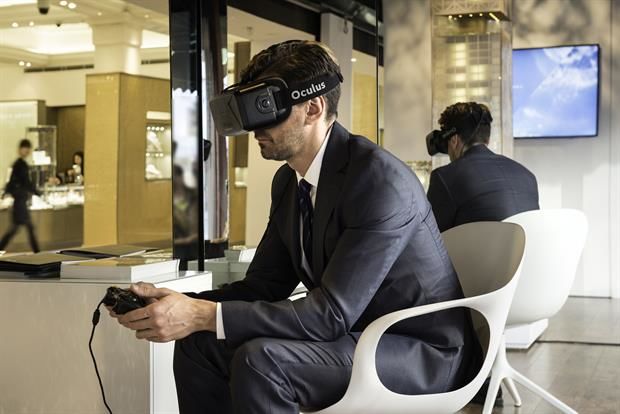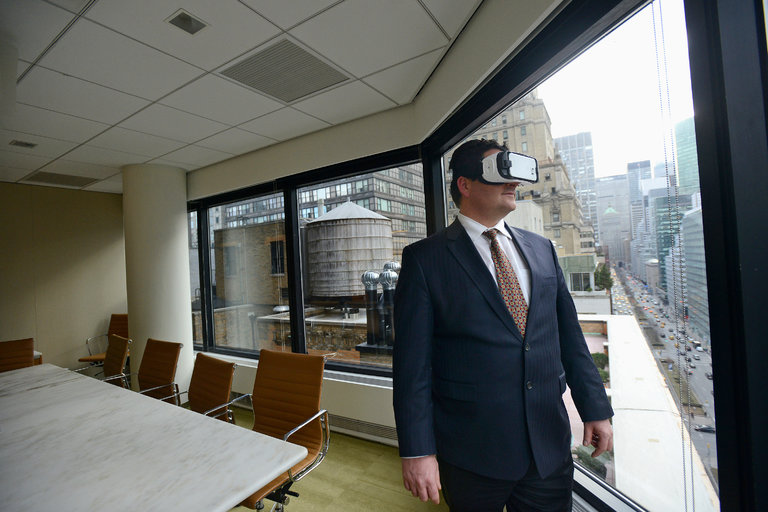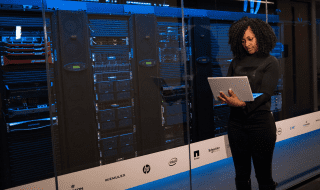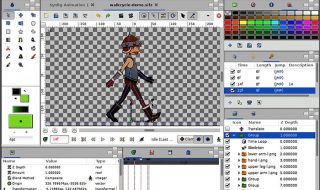
Technological expansion we are witnessing nowadays is bringing about new ways of experiencing and doing things. Virtual Reality (VR) is relatively new feature or gadget if you prefer, that has started to reshape simulations and the way we experience those simulations. Just take gaming for example, VR has changed the way we define first-person point of view. Instead of staring at a monitor or a TV, you can now “see” through the eyes of a character in a game and probably get a heart attack while playing Resident Evil 7 using VR.
Nevertheless, VR has gained interest outside the gaming franchise and started to make its way into commercial real estate. Both architects and real estate agencies see the potential of using VR to provide customers with a 360-degree view instead of pictures or videos. But it’s not just that, customers are not just looking at a presentation, they are in a presentation, being able to walk and look around the premises without actually having to be there physically.
Virtual reality (VR) is a great way to showcase commercial real estate properties. It allows potential buyers to explore the property in a virtual environment, without having to physically be there. This can be a huge advantage, especially for properties that are located in remote areas or that are difficult to access.
Here are some tips for using VR in commercial real estate:
- Make sure the VR experience is high quality. The last thing you want is for potential buyers to have a negative experience with your VR tour. Make sure the graphics are realistic and the experience is smooth.
- Show off the property’s best features. When you’re creating your VR tour, focus on showing off the property’s best features. This could include the views, the layout, or the amenities.
- Make it interactive. A static VR tour is not going to be very engaging. Make sure you include interactive elements, such as the ability to open doors or move around the property.
- Use VR to answer questions. VR can be a great way to answer potential buyers’ questions about the property. For example, you could use VR to show them how much natural light a room gets or how the property would look with different furniture.
- Track results. It’s important to track the results of your VR tours so you can see how effective they are. This will help you determine whether or not VR is a good investment for your business.
VR is a powerful tool that can be used to sell commercial real estate properties. By following these tips, you can create a VR tour that will help you close more deals.
The connection between VR and real estate
Most of the people had an encounter with a newspaper looking for a real estate. Then, the search for a good real estate agent begins and eventually the process comes down to the tour of the place. Not to mention visiting an architect and telling them about a project, which they later draw and make a 3D model out of. In the end, people make model houses so they can view and reshape them if they don’t like it, at least those who can afford such a commodity.

COMMERCIAL REAL ESTATE AND VIRTUAL REALITY
However, with VR in the picture, the whole process changes dramatically. People can have a tour of a residence from the real estate agent’s office. More precisely, VR goggles allow them to have a look around and walk in every direction using a controller for navigation. Furthermore, a real estate agent in lead of the tour can see what customers are seeing and offer a detailed explanation about features customers are looking at or answer any questions they may have.
Benefits of using VR in commercial real estate
VR can assist both real estate agents and customers by eliminating the need to actually visit and have a tour of the premises or visiting multiple locations in one day for that matter. Just imagine avoiding traveling from one place to another to visit different properties on a rainy day because that’s the only day you got of work and you agreed to meet with an agent. If you could only avoid traffic in that scenario, you’d be more than happy.

A New Dimension in Home Buying: Virtual Reality
As a matter of fact, all of that can be avoided using VR. Customers can have a detailed tour of various places either from an office or home, as if they are actually there. Moreover, people from different countries or continents can view commercial real estate without having to travel halfway across the world to do so personally. It’s cheaper for customers and agents alike, as well as it saves a lot of time and money.
Reshaping the real estate design
It is one thing to try and sell a real estate that has already been build, but it’s something entirely different to design one from scratch. Architects designing the property can have their hands full with customers that want it build, from sketches to model homes, the process can last a long time and cost a lot of money.
However, with VR even the designing process can save everyone a lot of trouble and headaches. Architects can create VR models for customers to examine, before moving to the construction process. For instance, people can see how the house or building will look like once it’s finished. Moreover, they can decide where to place windows and what will the view from those windows look like after completion. After all, it’s easier to make adjustments on a virtual model than it is on a final product.

Virtual-Reality Tours Come to Commercial Real Estate
Virtual reality is reshaping the way commercial real estate is being designed, marketed and sold, and it will continue to do so. It’s not only convenient for people looking to buy a property, but also for agents that are trying to sell properties, as well as architects that are designing them.





